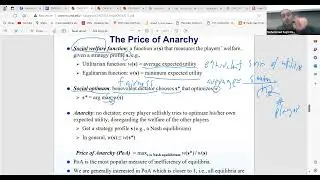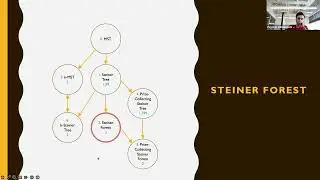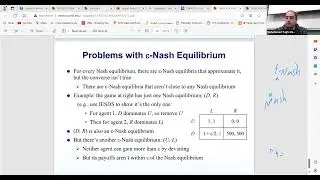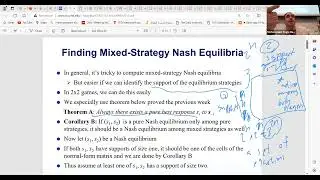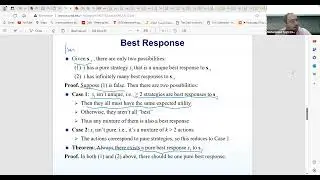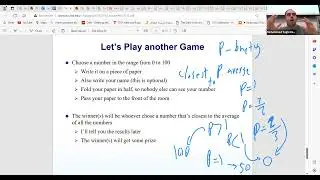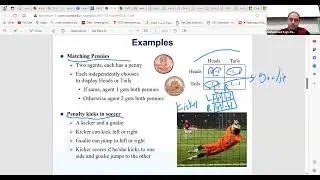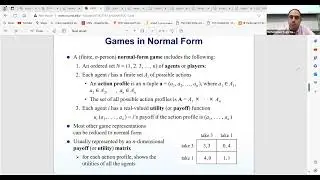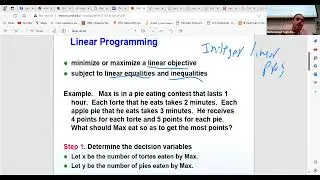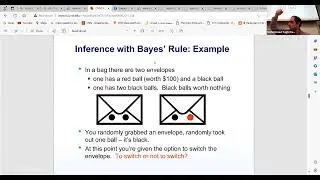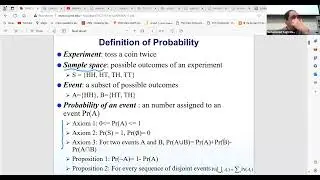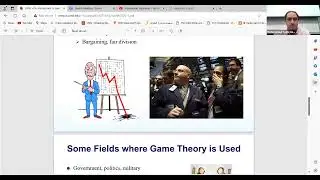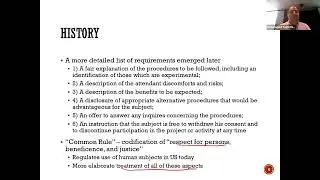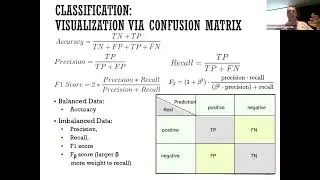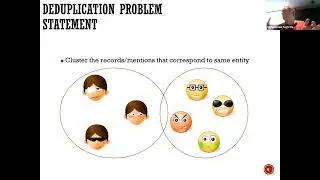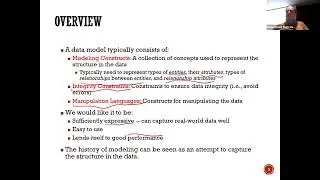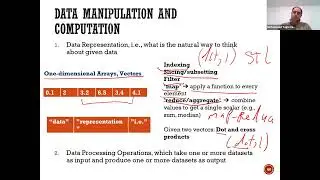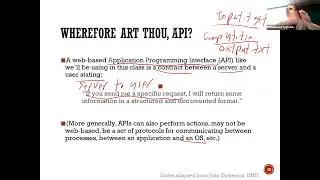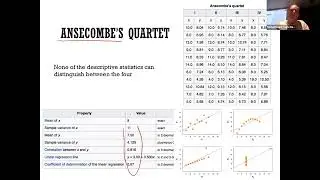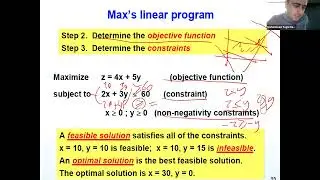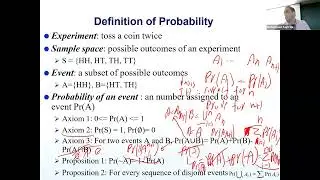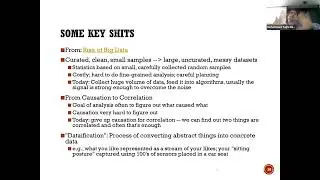Lesson 1: Network Algorithms and Approximations by Mohammad Hajiaghayi: Introduction and Set Cover
This lecture focuses on network design algorithms, particularly those related to coverage problems. The speaker introduces three key problems: Set Cover, Unique Coverage, and Maximum Coverage. All three are NP-complete, meaning they are computationally difficult to solve optimally.
Set Cover involves finding the minimum number of sets needed to cover all elements in a universe. Unique Coverage aims to maximize the number of elements covered by exactly one set, useful in scenarios like minimizing interference between antennas. Maximum Coverage seeks to maximize the number of covered elements given a budget constraint, relevant to scenarios like maximizing service coverage with limited resources.
The lecture then delves into approximation algorithms for these problems, focusing on a greedy algorithm for Set Cover. This algorithm iteratively selects the most cost-effective set until all elements are covered. The analysis shows this algorithm guarantees a solution within a logarithmic factor of the optimal solution. The speaker also presents a tight example where the algorithm's solution is indeed a logarithmic factor away from the optimum.
Finally, the lecture touches on alternative approximation algorithms, including one based on linear programming. This approach provides an approximation factor related to the maximum frequency of any element in the sets. The speaker concludes by highlighting the importance of these techniques and encourages further exploration of related problems and algorithms.
#NetworkDesign, #SetCover, #UniqueCoverage, #MaximumCoverage, #NPComplete, #ApproximationAlgorithms, #GreedyAlgorithm, #LinearProgramming, #AlgorithmAnalysis, #GraphAlgorithms, #Optimization, #ComputationalComplexity, #WirelessNetworks, #Interference, #Coverage








